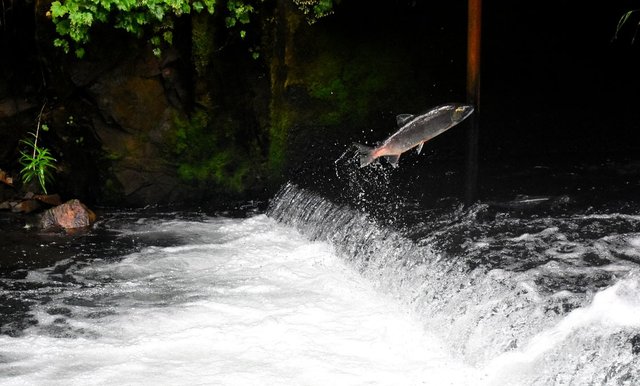Fish Farms And a Genetic Approach

//Seafood Selection//
Oysters, Clams and Cockles! Something you hope not to hear at your next trip to a seafood market. Seafood, while generally smaller to the meat business is still a large part of trade. There are numerous types of seafood served around the world and I too, love to enjoy some seafood from time to time. Sitting at the ocean front enjoying a helping of freshly prepared seafood brilliance is simply wonderful. Sourcing food is not always easy and it is for this very reason we see various trade deals and careful monitoring of aquatic life to gauge levels potential stock throughout the year. Farmed fishing has been in existence for many years but the scientific approach has since transformed the way farming is done and the quality it yields.
//Farmed and Grown//
With climate change and various other complications on open waters, fishery farms have gained prominence and scale. We see this consistent flow of livestock become a suitable choice for today’s environment with respect to both healthy choice and economics. Science once again takes over an industry as genetic engineering is used to modify various species of aquatic creatures along with advanced performance monitoring to deduce optimal breeding specimens. One might say it’s a hyper breeding program that seeks to establish a new generation of farmed fish that are healthier and able to survive in the ever changing climate. This is especially important when fish farms remain in static locations without migration, meaning fish will experience a varying level of water conditions.
//Selective and Genetic//
Genetic identification and selective breeding has been around for a long time now but it is perhaps still early days of this technology and science applied to aquatic farming. Genomic selection in particular will help the industry rapidly identify matches that yield desirable traits. One can say it is a way to ensure the future of the crop grows stronger and better. Sadly, current investigative measures mean the identified specimens cannot be used in breeding and a related offspring will be used in a chance effort to produce desirable results. I find this approach truly fascinating and it makes me wonder what type of seafood will be emerging as standard in the decades to come.
Sources